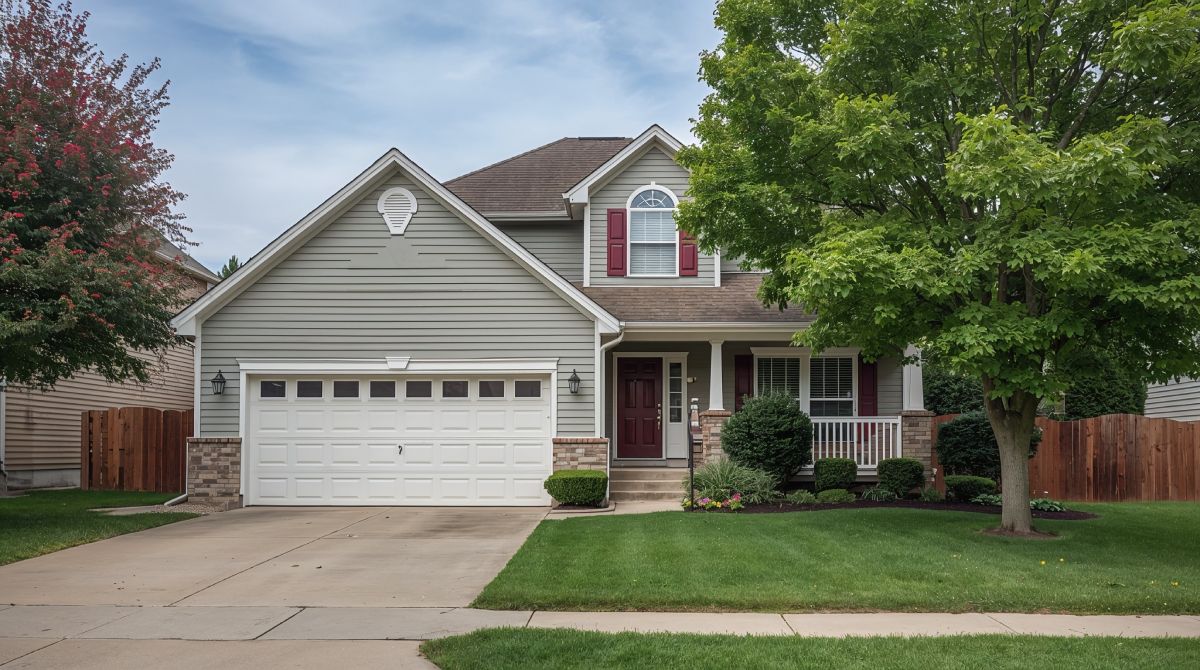When it comes to selling a home, many owners feel torn between wanting the best possible price and wanting a quick, hassle-free process. Traditional real estate transactions often involve lengthy timelines, hefty commission fees, and plenty of waiting around for the “right buyer.” If your goal is to sell quickly while avoiding agent commissions, you’ll need a different approach one that’s strategic, streamlined, and focused on what buyers truly want.
In this guide, we’ll explore how you can sell your property fast without paying commissions, and still walk away feeling confident about your decision.

Understanding the Benefits of a Commission-Free Sale
Selling without a real estate agent immediately saves you thousands of dollars in fees. A traditional commission can be anywhere from 5–6% of the sale price which means if your home sells for $300,000, you could be handing over $15,000–$18,000 just in agent fees.
But saving money isn’t the only advantage. Without an agent, you have:
- More control over the sale process and negotiations.
- Faster timelines, since you’re not waiting for an agent to list, market, and coordinate every detail.
- Direct communication with potential buyers, which can speed up decision-making.
Of course, going commission-free also means taking on some of the work yourself, but the payoff can be well worth it especially if your main priority is speed.
Pricing for a Fast Sale
One of the most important decisions you’ll make is setting the right asking price. Pricing too high can stall the sale, while pricing too low may leave money on the table. The sweet spot is a competitive price that reflects your property’s market value while still attracting motivated buyers.
Here’s how you can find it:
- Research similar properties in your area that have recently sold.
- Consider your home’s condition compared to those properties.
- Factor in any urgent need to sell a slightly lower price can make your home stand out in a crowded market.
If you want to bypass the traditional pricing process altogether, you can also work with a direct home-buying company that makes cash offers based on fair market value. This option is particularly appealing when time is of the essence.
Preparing Your Property for a Quick Sale
Even if you’re not working with a real estate agent, presentation matters. A clean, well-maintained home is far more appealing to buyers than one that looks neglected. You don’t need to spend thousands on renovations in fact, many quick-sale buyers will purchase “as-is” but a little effort can make a big difference.
Consider:
- Decluttering and deep cleaning to make the space look larger and more inviting.
- Fixing small, visible issues like leaky faucets, broken handles, or peeling paint.
- Enhancing curb appeal with simple landscaping or a fresh coat of paint on the front door.
These small touches can help buyers see the potential in your home right away.
Selling Your House Directly to a Buyer

One of the fastest and most efficient ways to avoid commissions is to skip the middleman and sell directly to a buyer or investment company. This approach eliminates the delays of traditional listings, open houses, and multiple showings.
Many homeowners have found success by working with local companies that specialize in quick cash purchases. If you’re considering this route, look for a reputable buyer in your area who can provide proof of funds and a straightforward process.
In fact, if you’re in the Ohio area and want to skip the drawn-out sales process, selling your house directly to a trusted local buyer could mean closing in just days, not months. With no commissions, no repairs, and no waiting, this option is ideal for homeowners who want a guaranteed sale without uncertainty.
Streamlining the Closing Process
Once you’ve found a buyer, the next step is moving through the closing process as quickly as possible. Here’s how to keep things on track:
- Be ready with all necessary documents, such as your property deed, mortgage payoff statement, and recent tax records.
- Respond promptly to any requests from the buyer or title company.
- Choose a closing date that aligns with both your schedule and the buyer’s availability.
When selling to a cash buyer, the closing process is often much faster because there’s no lender involved. This means fewer delays, fewer contingencies, and more certainty in the timeline.
Avoiding Common Pitfalls
While selling commission-free can be simple, there are a few traps to watch out for:
- Overestimating your home’s value — this can lead to weeks or months without a single offer.
- Not screening buyers properly — always confirm proof of funds before accepting an offer.
- Underestimating paperwork — real estate transactions still involve legal documents, so make sure you understand what you’re signing or consult an attorney if needed.
Being aware of these issues early on can save you time and protect you from costly mistakes.
Knowing When a Fast, Commission-Free Sale Makes Sense
Not every homeowner needs to sell quickly, but for those facing specific circumstances, a direct, commission-free sale can be a lifesaver. This includes situations like:
- Job relocation with a tight move-out deadline.
- Inherited property you don’t want to maintain.
- Financial hardship or foreclosure risk.
- A home in need of significant repairs you’d rather not handle.
- In these cases, the certainty of a quick sale often outweighs the possibility of holding out for a slightly higher price through traditional means.
The Bottom Line
Selling your property fast and without commission doesn’t have to be stressful or complicated. By setting the right price, preparing your home, and working directly with a qualified buyer, you can avoid delays, save thousands in fees, and move forward with your plans on your own schedule.
If speed, simplicity, and financial efficiency are your top priorities, consider taking the direct-sale route. With the right approach, you can close the deal in days instead of months and keep every dollar of the agreed-upon price in your pocket.

